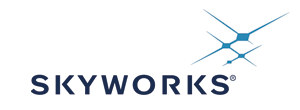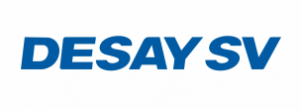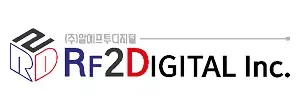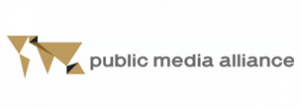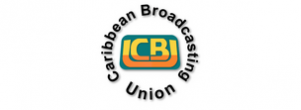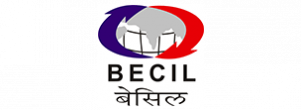The DRM webinar held on 18th November was one of the most successful ever with participants coming not only from India, where the technology has been selected for the digitisation of the national public broadcast All India Radio, but also from other DRM key markets such a Brazil, Asia-Pacific and Europe. Organised in conjunction with the Asia Broadcasting Union and introduced by Dr. Amal Panchihewa, its Director of Technology, the webinar saw a huge following.
Most of the registrants attended the session online while others took part in meetings organised by BES (Broadcast Engineering Society of India) under the coordination of M. Yogendra Pal (Hon. Chair of DRM India Chapter, Council Member).
A.Chitra (Deputy Director, Doordarshan and Chairperson of BES Thanjavur Chapter), who was instrumental in showcasing the webinar in AIR premises, said in her inaugural address that: “AIR, Tiruchirapalli is very proud to be one among the five stations selected for DRM broadcasting in South India and we are learning every day more about DRM.” Shri. A. Sakthivel (Secretary, BES Thanjavur Chapter) welcomed the gathering and Shri.M.Ravi, Assistant Engineer, Doordarshan, Tiruchirapalli also introduced the webinar.
DRM features such as the delivery of up to 4 programmes on one frequency or the latest MPEG xHE-AAC codec (specific to DRM) that enables unrestricted content (speech and music) even at very low bitrates are of high international interest.
The impulse to the digital radio industry given by the digital radio deployment in India, considered to be one of the biggest in the world, combined with the existence of multi-standard chips for digital radio receivers signals that the time is now for manufacturers to be involved in the mass scale production of digital radio receivers.
Ruxandra Obreja, Chair of the DRM Consortium, Head of Digital Radio Development at BBC World Service, says: “Recently AIR published a tender for digital radio receivers. With a population of over one billion, India offers an incredible opportunity for digital radio professionals to join the band wagon now and take the radio receivers industry to the next level.”
The question and answers session gave the opportunity to deliver information on DRM’s transmitters progress in India.


